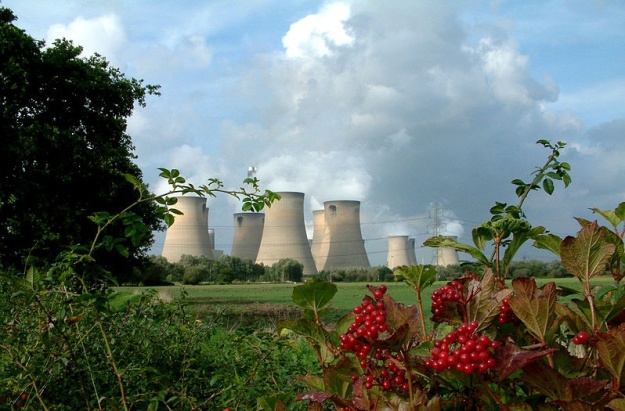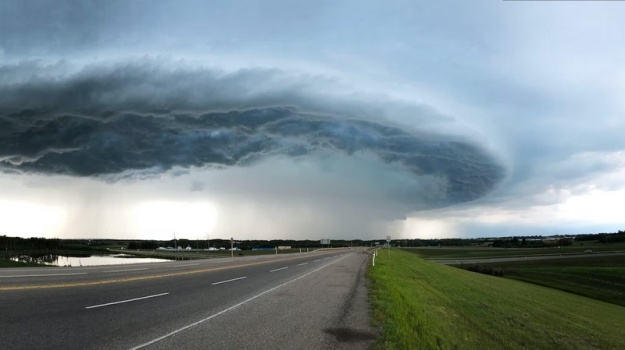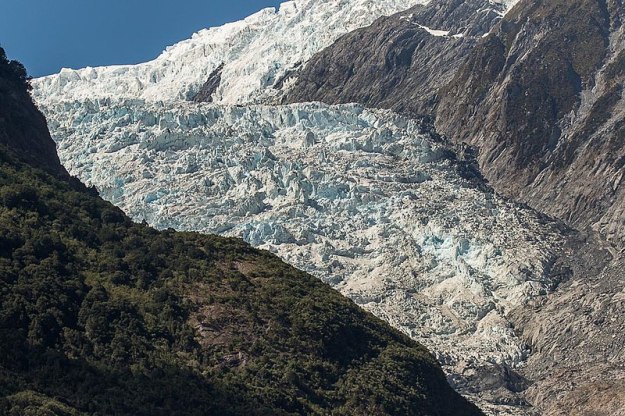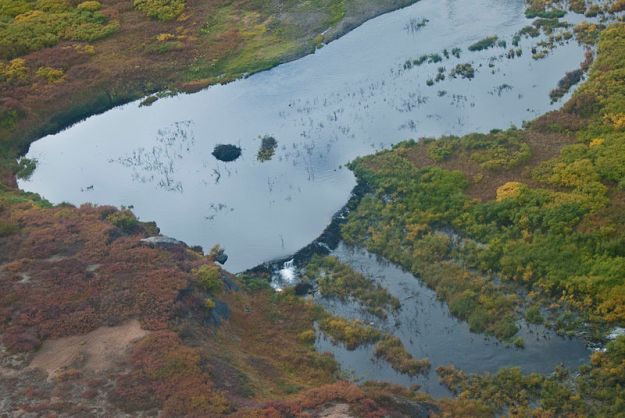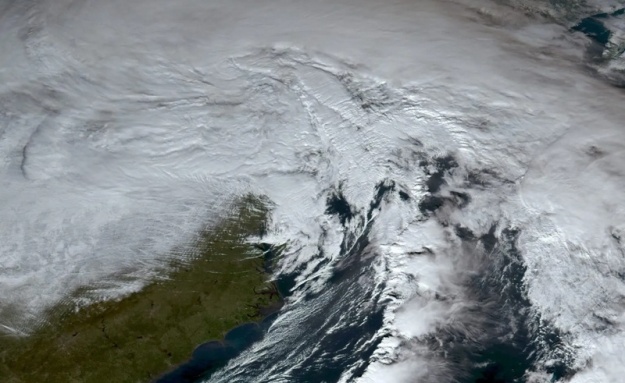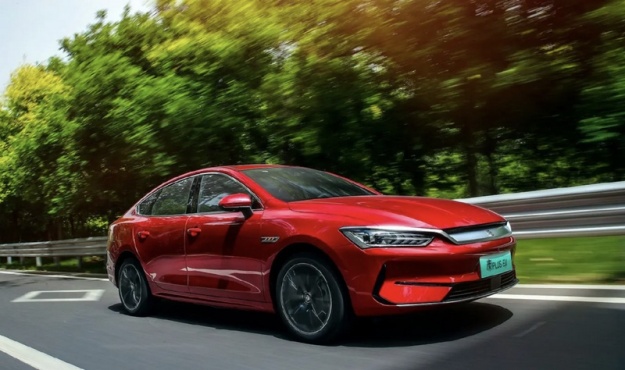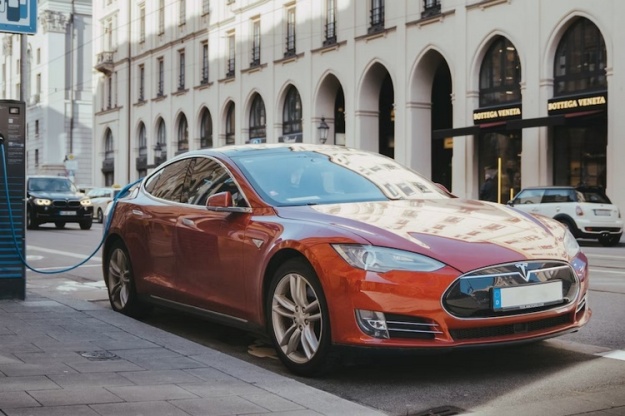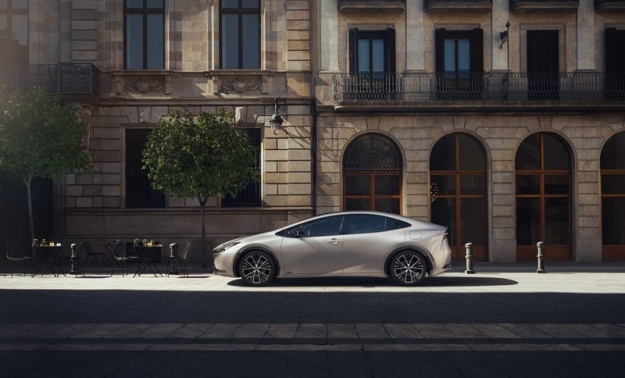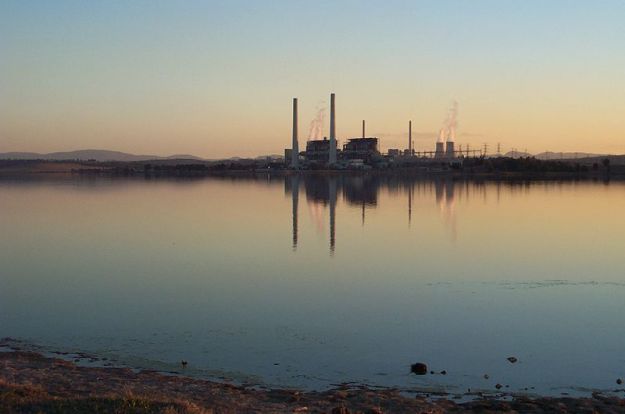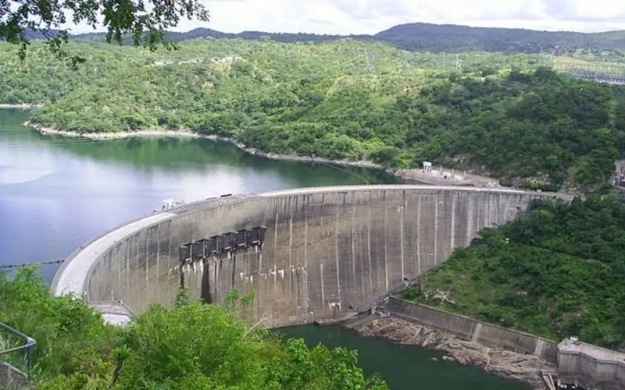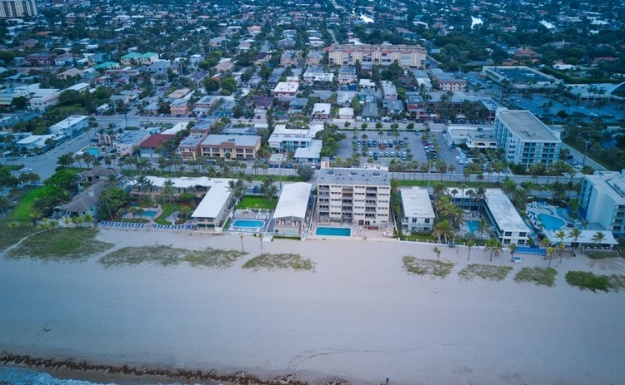Visitors Please Note: This blog is maintained to assist in developing a TV show, Energy Week with George Harvey and Tom Finnell. The post is put up in incomplete form, and is updated with news until it is completed, usually on Wednesday. The source is geoharvey.com.
Within a few days of the last update, the show may be seen, along with older shows, at this link on the BCTV website: Energy Week Series.
Energy Week #521 – 5/4/2023
Minute 0: Introduction
Thursday, April 27

MINI Cooper (MINI USA image)
Minute 2
¶ “Almost Half Of Americans Are Ready To Buy An EV In The Next Five Years” • On the occasion of Earth Day, a consumer survey conducted by MINI USA revealed the US consumers’ changing viewpoints and considerations about EVs, highlighting shifting sentiments since MINI first conducted the same survey over the last four years ago. [CleanTechnica]

Capitol Building (Jorge Alcala, Unsplash, cropped)
Minute 5
¶ “Senate Votes To Revoke Tougher EPA Emissions Regulation For Trucks” • The Senate voted to rescind a Biden administration emissions regulation for heavy-duty trucks that Republicans call too burdensome, warning it will hurt the trucking industry and have negative effects through the economy. Senator Joe Manchin sided with Republicans on the 50-49 vote. [CNN]

Carbon Capture graphic
Minute 8
¶ “John Kerry Warns Relying On Carbon Capture Technology Is Dangerous” • In an interview with The Guardian, John Kerry, the US special envoy for climate, said that relying on carbon capture technology to remove carbon dioxide from the atmosphere is “dangerous” and a cause for “alarm” because it is a distraction from what we need to do. [CleanTechnica]
Friday, April 28

Solar windows (Courtesy of NEXT Energy Technologies)
Minute 10
¶ “Chalk Up Another Win For Invisible Solar Windows” • The dream of a truly see-through, colorless solar window is becoming real. That is bad news for fossil energy stakeholders, but great for the global energy transition. The technology replaces ordinary window glass with specially coated look-alikes that generate zero emission electricity. [CleanTechnica]

Pump jack in Alberta (Nathan Schneider, CC-BY-SA 3.0)
Minute 13
¶ “Canada Pays $85 Billion Higher Social Carbon Price Than Oil & Gas Revenues” • The Canadian government updated its social cost of carbon, the estimated cost of the damages caused by emitting a ton of CO₂ into the atmosphere. Canada officially puts it at C$261 ($191). This means the damage of burning oil and gas exceeds the value of the fuel. [CleanTechnica]

Solar installers (Dennis Schroeder, NREL)
Minute 16
¶ “Livelihoods Of 255,000 American Families In Solar And Storage Industry Under Attack By House Republicans’ Proposal” • A group of lawmakers is attempting to reverse the Biden administration’s two-year pause on new solar tariffs and force companies to pay $1 billion in retroactive duties by using the Congressional Review Act. [CleanTechnica]
Saturday, April 29

Solar wafer (Oregon DOT, CC-BY-SA 2.0)
Minute 19
¶ “Democrats Target House Republicans Who Voted To Repeal Climate Provisions Driving Billions Of Dollars Of Investments To Their Districts” • More than two dozen House Republicans who welcomed multi-million-dollar clean energy manufacturing investments in their districts voted to repeal the tax incentives that stimulated those very same projects. [CNN]

Gnathophausia zoea (Yale Peabody Museum, CC0)
Minute 22
¶ “Life In The Ocean’s ‘Twilight Zone’ Could Disappear Due To The Climate Crisis” • One of Earth’s largest habitats could see its rich diversity of life reduced by the end of the century due to the climate crisis. The ocean’s mesopelagic zone, also called the “twilight zone,” is located between 656 feet and 3,280 feet (200 meters to 1,000 meters) below the surface. [CNN]

Giga Texas (Larry D. Moore, CC-BY-SA 4.0)
Minute 24
¶ “Texas Continues Its Attack On EVs, Now With A $200 Annual Fee On Them” • “Giga Texas” is to be one of the world’s largest EV factories, and Tesla’s global headquarters are in Texas. But the state doesn’t allow Tesla to operate stores there, and to give Tesla just a little more thanks, Texas is going to slap a $200 annual fee on EV owners. [CleanTechnica]
Sunday, April 30

BYD Qin Plus EV (Courtesy of Tycho de Feijter)
Minute 27
¶ “BYD Unleashes The Seagull In China – And Its Cheaper Than A Petrol-Powered Honda Fit!” • BYD launched the updated Qin Plus EV. You can get a full battery EV with a heat pump, a 150 kW motor, and a 57.6-kWh Blade battery for just $20,350 in China. This makes it cheaper than a 2023 Toyota Corolla SE, which starts from about $20,900. [CleanTechnica]

Volkswagen ID.2all (Volkswagen image)
Minute 30
¶ “Volkswagen Has A Huge Avenue For US Market Expansion – If It Takes It” • In the first quarter of 2023, Volkswagen accounted for less than 2% of the US auto market. It doesn’t have a big US presence. But it could. A significant change in a market provides an opportunity for companies with no or low market share to grow in prominence. [CleanTechnica]

BYD electric buses in Santiago, Chile (Courtesy of BYD)
Minute 32
¶ “Public EV Transportation In South America” • In a transition to electric buses, some South American countries are electrifying public transportion without having to rely on large numbers of imported passenger vehicles. Chile, Colombia, and Costa Rica are solving complex problems without the tools available in wealthier countries. [CleanTechnica]
Monday, May 1

Australian vinyard (Brown Family Wine Group image)
Minute 35
¶ “How Climate Change Endangers Australian Wine” • While grapevines are described as “one of the most valuable weeds in the world,” capable of growing almost anywhere, the fruit itself is vulnerable to its environment. The heat effects of climate change are already messing with flavor and quality. Weather disasters make things worse. [BBC]

Auckland (Sulthan Auliya, Unsplash)
Minute 38
¶ “Warnings Insurance Will Back Out As Climate Change Shows Its Teeth” • Those at the pointy end of climate change say that insurance retreat – when insurers refuse to take on the risk of covering homes in risky areas – is coming and may already be here. And these are not just coastal properties but many places on flood plains or slip prone areas. [Stuff.co.nz]

Australian solar farm (Acen Australia image)
Minute 40
¶ “NSW Gets Stunning Low Price For Wind And Solar In Biggest Renewables Auction” • The government of New South Wales got low record prices for wind and solar power in its first auction for renewable energy and storage. The auction put strike prices below A$35/MWh (US 2.3¢/kWh) for solar, and A$50/MWh (US 3.3¢/kWh) for wind. [Renew Economy]
Tuesday, May 2

SpaceX Starship launch (Osunpokeh, CC-BY-SA 4.0, cropped)
Minute 43
¶ “Environmental Groups Sue FAA For SpaceX Launch” • Green groups are suing the Federal Aviation Administration over the SpaceX launch of a massive Starship rocket last month. The rocket exploded over the Gulf of Mexico about four minutes into flight. The suit alleges that the FAA failed to investigate properly potential harm the launch could cause. [CNN]

De Havilland Canada Dash 8 (Gerard van der Schaaf, CC-BY-SA 2.0)
Minute 46
¶ “Towing Electric Planes To Increase Range? I’m Not Convinced, But It’s Interesting” • Damon Vander Lind, founder and CEO of startup Magpie Aviation, came up with a solution for powering larger electric airplanes. It is to tow the aircraft to altitude and let it go on its own from there. It needs less battery weight, and it might just work. [CleanTechnica]

Wind turbines in Lubbock County (Pete Alexopoulos, Unsplash)
Minute 48
¶ “More Green Investment Hasn’t Softened Red Resistance On Climate” • Even as billions of dollars in clean energy investments surge into Republican leaning communities around the country, state and federal GOP officials are hardening their resistance to efforts to reduce the nation’s reliance on fossil fuels, dashing the hopes of environmentalists. [CNN]
Wednesday, May 3
Minute 51

Whale off Provincetown (Thomas Kelley, Unsplash)
¶ “Rising Sea Temps Are Pushing Oceans Beyond The Level Of Habitability” • According to the Gulf of Maine Council on the Marine Environment, the Gulf of Maine is nourished by cold ocean waters with a complex system of deep basins and shallow banks. It has produced an abundance of seafood. But higher temperatures threaten change. [CleanTechnica]

Refinery (Patrick Hendry, Unsplash)
Minute 54
¶ “Hundreds Of Hazardous Sites In California Are At Risk Of Flooding As Sea Level Rises, New Study Finds” • Hundreds of hazardous industrial sites that dot the California coastline – including oil and gas refineries and sewage-treatment plants – are at risk of severe flooding from rising sea level if the climate crisis worsens, research shows. [CNN]

Mississippi River (ORPC image)
Minute 56
¶ “Shell Aims To Harness The Power Of The Lower Mississippi” • ORPC, a renewable energy developer whose power systems harness the energy of free-flowing rivers and tides, signed a contract with Shell Technology – Marine Renewable Program for a Modular RivGen Power System demonstration project in the Lower Mississippi River. [Marine Technology News]
Minute 59: Finis
Notes: Energy Week #521 – 5/4/2023
George Harvey, blogger, author, and journalist for Green Energy Times and CleanTechnica, computer engineer
Tom Finnell, electrical engineer, transmission grid expert, world traveler, philanthropist, and philosopher
Energy, Renewable Energy, Wind Power, Solar, Batteries, Nuclear, Coal, Oil, Gas, Climate Change











































